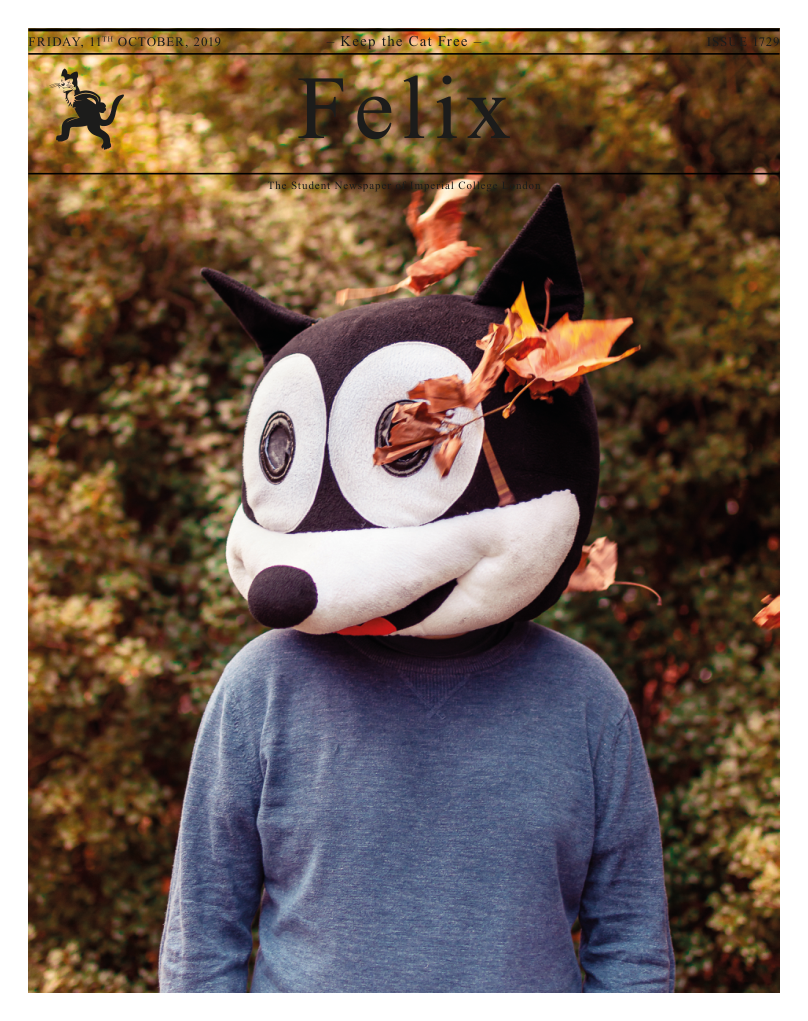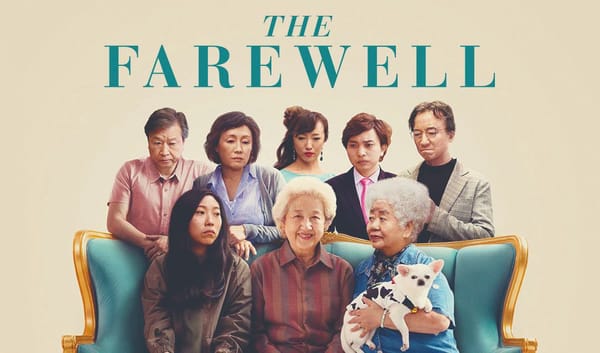Binge of the Week: Killing Eve (Seasons 1 and 2)
A thrilling mouse-and-cat tale told with unbelievable charm and wit

Season 1: 5 stars
Season 2: 4 stars
BBC America’s spring spy thriller Killing Eve takes a unique twist on a traditionally masculine genre, featuring a rather atypical tale of mutual obsession between a British intelligence investigator, Eve Polastri (Sandra Oh) and a sociopathic assassin named Villanelle (Jodie Comer). Critically acclaimed for its production as well as the acting, the show has been nominated and received awards including Primetime Emmy, Golden Globe, Screen Actors Guild Award, just to name a few.
Originally based on Luke Jennings’s Villanelle novels and produced by writer Phoebe Waller-Bridge known for her performance and writing in the play-turned-series Fleabag, Killing Eve was meant to be extraordinary from the very beginning. Effortlessly blending thrilling action sequences with dark humour, Waller-Bridge manages to bring out the absurd and the comical even in life-and-death situations, which sets a terrifying yet witty tone for the show through the psychopathic yet well-loved protagonists.
As a character-driven piece, the plot of Killing Eve moves rather slowly. However, it still features typical elements of suspense that keep the audience hooked, like an underground organisation operating with spies rooted deep in the government, untold conspiracies, and plot twists. But what sets it apart is its unique characters breaking traditional molds. Villanelle is ostentatious and outlandish - not the kind of killer who hides behind the shades or shoots from a distance. Her kills are messy and almost always unexpectedly theatrical. Eve Polastri relies not on her intelligence or logic to hunt down Villanelle; instead, she is gifted and instinctive and spontaneous. What it lacks in its slow-paced plot Killing Eve certainly makes it up with the dynamics between the characters.
The superb acting undoubtedly brings the show to life. Oh, well known for her previously starring in Grey’s Anatomy as Dr. Cristina Yang, takes on the role of Eve Polastri. At the start of the show, everything in Eve’s life is going fine. Her husband is fine; her job is fine; her friends are fine. There is a little more out there that she yearns for beyond her boring MI5 office job. The sudden appearance of Villanelle acts as a switch that flips her world upside down, pushing her to her limits as she drifts further away from everything she ever has as the story progresses. Through her superb acting, Sandra Oh manages to have the audience rooting for Eve. The way Oh delivers her role evokes emotions and makes everything implausible so believable.
The role of Villanelle is a complex one. The team even consulted a psychologist specialised in female psychopaths in order to build as much of a three-dimensional character as possible. Her difficult upbringing eventually results in her psychopathic tendencies, yet she shines through with her confidence and charm and childlike personality. There is a balance between her humor and innocence and indifference towards death, and Jodie Comer captures that perfectly like a child who happens to love to kill. “How do you make people care about psychopaths is a question that kept coming up early on,” said show producer Waller-Bridge, “And the answer is, cast Jodie Comer.”
What draws the attention of many besides the enthralling premise and sapphic chemistry is the meticulous set design. Every scene was shot in the actual place where it’s set, from kills in Tuscany to a prison in Moscow to Gare du Nord station in Paris. This extent of commitment definitely pays off as each location has its irreplaceable depth and flavour. The creative crew steered away from iconic landmarks and instead searched for the hidden corners of each city, casually juxtaposing a ruthless assassin in everyday streets -- we could all just be right next to a psychopath. Despite the diverse filming locations, the series maintains a coherent palette with its distinctive cinematography.
The set design is yet another detail worth applauding given how it creates the starkly contrasting atmospheres between the two main characters. Villanelle’s gorgeous flat in Paris feels like the home of any twenty-year-old Parisian woman, chic and aesthetically pleasing, intertwined with murderous spins -- guns in a beautiful chest of drawers, poison mixed in perfume, a jeweled hairpin where the razor-sharp edge serves as a weapon. On one end of the spectrum is Villanelle’s cold-bloodedly charming lone wolf’s den, and on the other end is Eve’s comforting and cozy home, with warm lights with yellowish tints, leftover Shepherd’s pie in the fridge and undone laundry in the hamper.
Serving a similar role is the costume design of Killing Eve. Breaking away from the stereotypical leather suits and cargo pants, Villanelle’s closet stars designer blazers and bubblegum pink dresses and runway gowns. Every outfit choice of Villanelle is simply a statement on wits own. She stands out to blend in, and her wardrobe crafts the perfect image of a captivatingly chic chameleon. Or as Steff Yodka of Vogue puts it, “Killing Eve is the most fashionable show on TV.”
The first two seasons of Killing Eve have many pieces of the puzzle in the right place -- the cast, the crew, the production. The third season is currently in production aiming for a release in the spring of 2020. With Suzanne Heathcote taking over the writing, I look forward to seeing how she resolves the season finale’s cliffhanger and hope to see more action and plot development incorporated.









